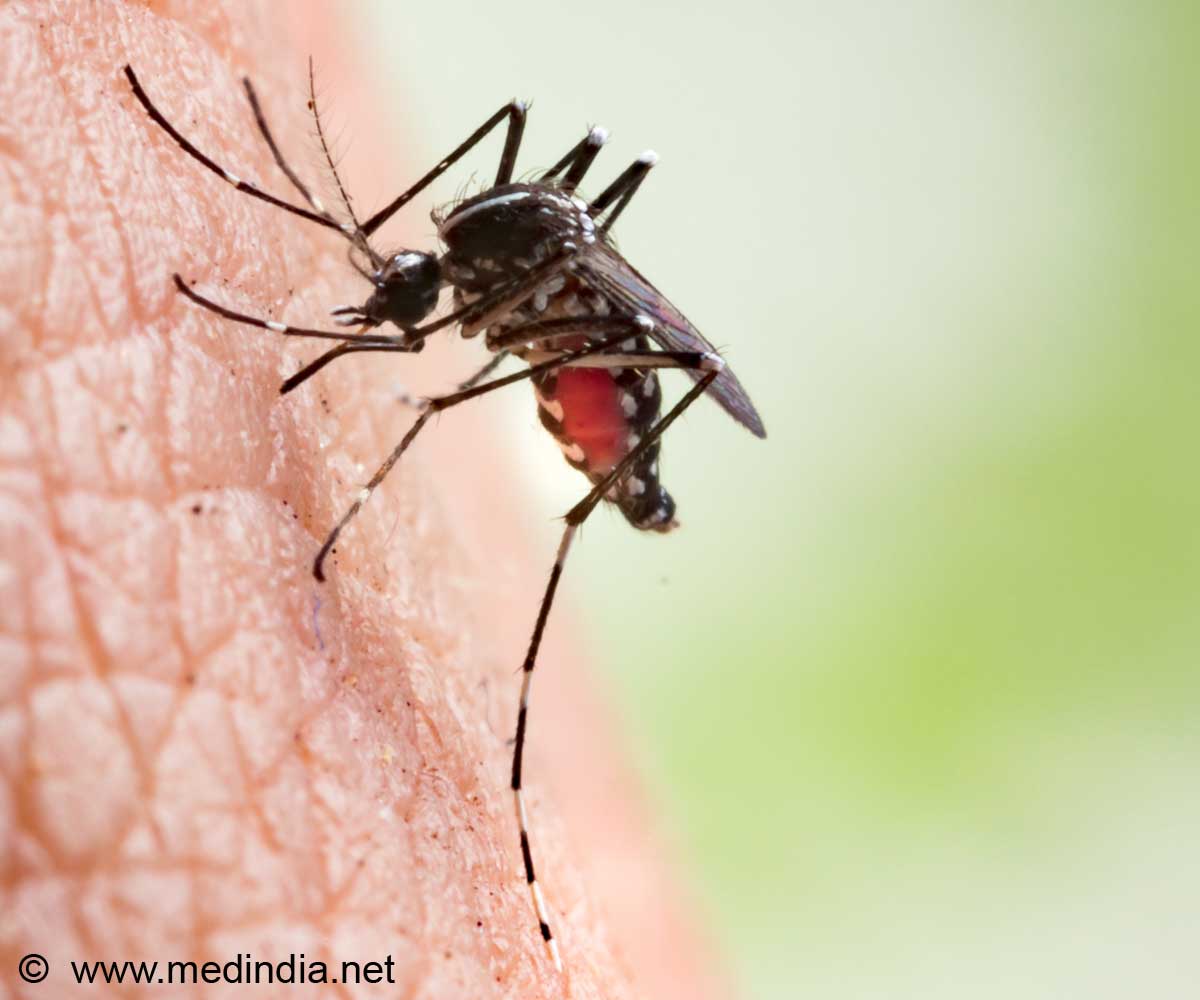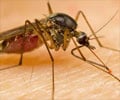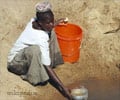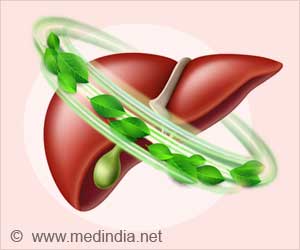
When PfEMP1 was removed from red blood cell surfaces using enzymes, rosette-formation was reduced only in those of blood group O but not blood group A. It indicated scientists that PfEMP1 may not be the only molecule involved in rosette formation.
The research team showed that RIFINs, another protein secreted by the parasite could affect individuals with blood group A. There are 150 rif genes that carry the genetic information for RIFINs.
Suchi Goel and colleagues, Karolinska Institute, Sweden, introduced a rif gene into Chinese hamster ovary cells. Those cells, with the RIFIN protein on their surface, bound large numbers of group A red blood cells (RBCs).
The rosette formation in RBCs with group O was less pronounced. Rosettes were formed only in RIFINs of sub-group A, which accounts for about 70% of these proteins.
"We can now explain the mechanism behind the protection that blood group O provides against severe malaria, which can, in turn, explain why the blood type is so common in the areas where malaria is common," Mats Wahlgren added.
Advertisement














